Exploring Dunkirk: A Real-Life Contrast to Nolan's Cinematic Vision
Written on
Chapter 1: Arrival in Dunkirk
Dunkirk has become widely recognized due to its cinematic representation, yet movies often distort reality. When I decided to visit Dunkirk during a long weekend, I anticipated that the city would differ significantly from the portrayal in Christopher Nolan's film. However, I was eager to uncover how the actual location varied from its Hollywood depiction.
Initially, it felt peculiar to travel to Dunkirk, as it’s not typically on the tourist radar. While the film may have heightened its visibility, I wouldn't claim to be a fervent admirer of the movie, despite enjoying it. The truth is, I had intended to visit Brittany, but the lack of available train tickets nudged me toward Dunkirk out of sheer curiosity.
As I strolled through Dunkirk, I discovered far more than I had anticipated. The film only offers fleeting glimpses of the city as soldiers navigate through blocked streets to reach the beach, where they would evacuate to Britain while under enemy fire. The film’s portrayal is characterized by bleak and desolate streets, with a similarly dreary beach.
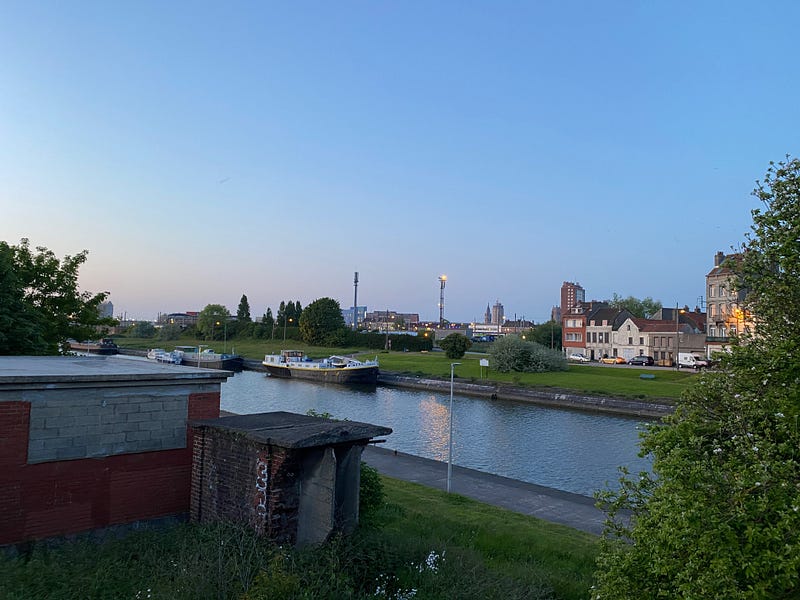
Chapter 2: The City’s True Colors
Upon exploring the beach area, I was taken aback by how different the streets appeared compared to their cinematic version. While wandering through a couple of locations purportedly used for filming, I found it challenging to recognize them. Instead of the simple brick structures depicted, the streets were lined with vibrant, multi-colored Flemish buildings. While Dunkirk has its share of brick architecture, it was absent from the film's shooting locations, leaving me to question if the filmmakers had significantly altered the scenery or if the filming location details were inaccurate.
The pleasant weather also influenced my perception. With bright blue skies and lively streets, it was hard to reconcile this vibrant location with the wartime struggles depicted in the film. The gloomy atmosphere in the movie amplifies the tension, whereas my visit was filled with positivity and life.
The presence of modern entertainment options like a bowling alley and a casino further disrupted the illusion of a town entrenched in historical conflict. Instead of a city marked by war, I found a contemporary locale where residents enjoy their leisure time.
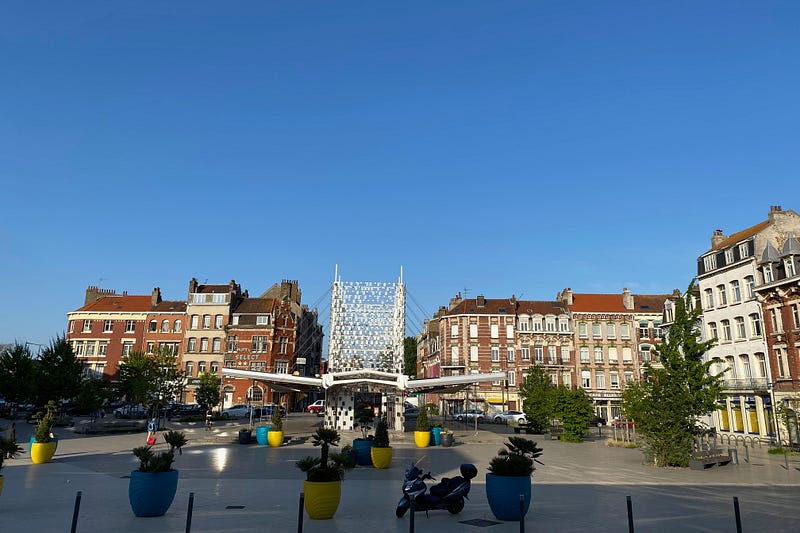
Chapter 3: Culinary Delights and Local Culture
As I wandered along the beach, I encountered numerous ice cream shops, amusement rides, and eateries specializing in mussels and fries. Given Dunkirk's location in the historical Flanders region, known for its fries, I was eager to indulge. However, the steep prices at beachside restaurants made me hesitant.
I continued my stroll until I discovered a local favorite, a friterie, as indicated by Google Maps. I treated myself to a fish sandwich and a generous portion of fries, which turned out to be enormous. These fries were among the best I’d ever tasted—crispy on the outside and fluffy on the inside, a culinary marvel that left me pleasantly stuffed.
With Dunkirk being one of France's northernmost cities, I contemplated walking to Belgium, which was only a short car ride away. However, I quickly realized that walking there would mean doubling back. I attempted to catch a free bus to the border, but after waiting without success, I decided to return to the main city.
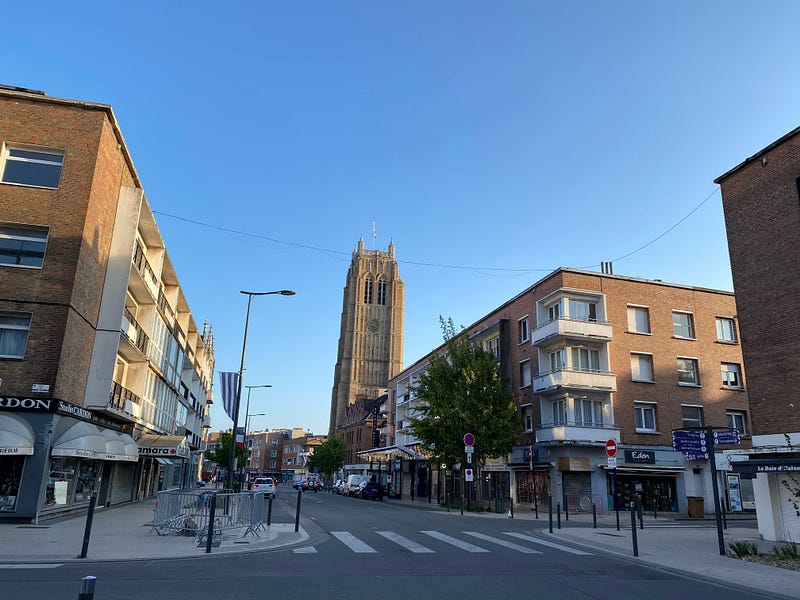
Chapter 4: A Day in the Life
What struck me about Dunkirk was the straightforward nature of its residents. People dressed casually, devoid of pretension, reminding me of home in New Zealand. Ironically, the Dutch province of Zealand, from which New Zealand gets its name, lies just a few hours north. This contrast became evident as I realized that what is considered normal in Paris feels entirely different elsewhere.
By day’s end, I had covered around 30 kilometers on foot, far more than I had anticipated. My plan to walk to Belgium undoubtedly contributed to my step count. Had I made it to the border, I might have exceeded 50 kilometers for the day, leaving me exhausted in the days that followed.
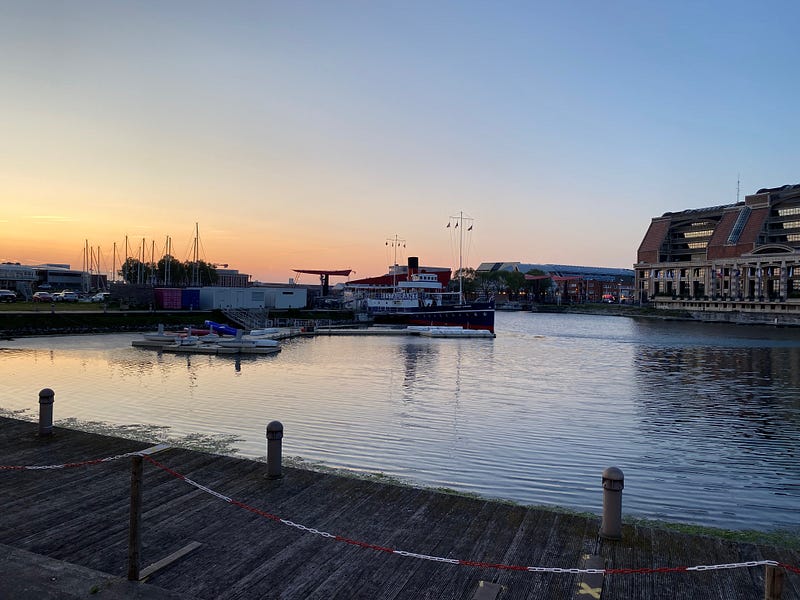
Chapter 5: A Cinematic Journey
While Dunkirk is deeply linked to Christopher Nolan's film for many international visitors, it’s worth noting that just a short train ride away lies Bergues, a quaint town featured in the 2008 French comedy "Bienvenue chez les Ch’tis." The two locations, while geographically close, exist in entirely different cinematic realms.
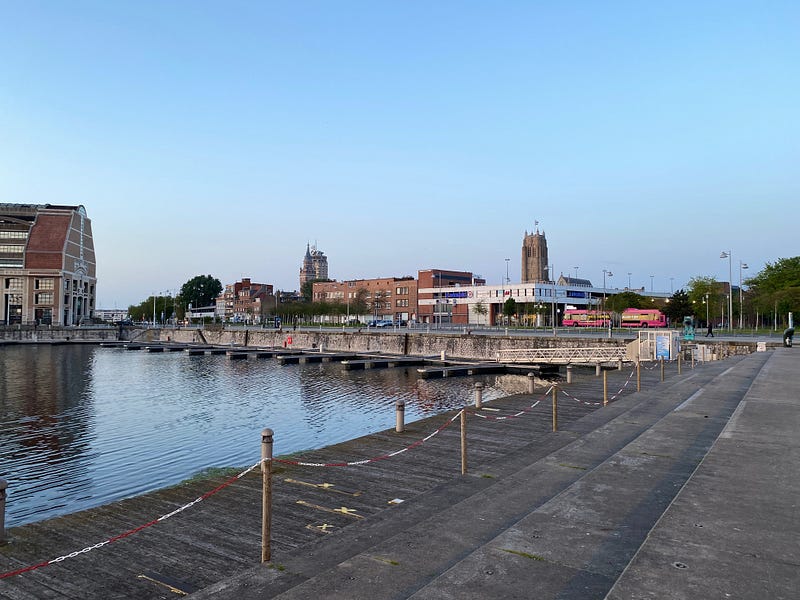
In conclusion, my weekend in northern France turned into an unexpected cinematic tour, revealing a side of the country I hadn't known before—a side that I have come to appreciate.